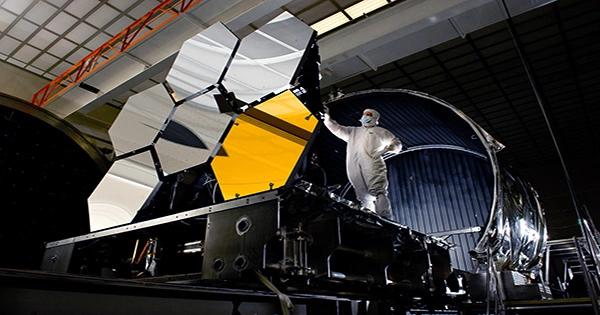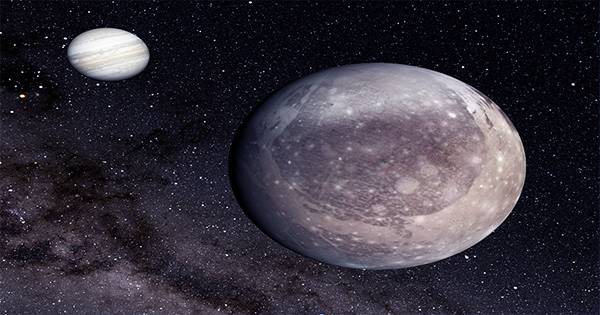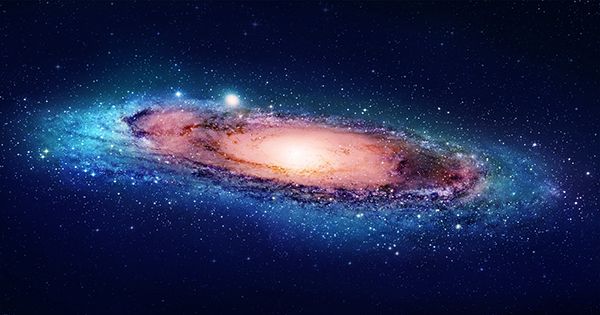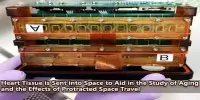JWST is almost ready to begin peering into the universe with a sharpness that has never been seen before. The incredible telescope evaluation image from the brand-new space telescope was just revealed this week. And it’s just remarkable. While it concentrates on 2MASS J17554042+6551277, a single lone star 2,000 light-years distant, we can already detect galaxies many millions of light-years away. We also get an image from the opposite side, much like in the early JWST testing. The telescopic camera can take a “selfie” by checking the alignment of the primary mirror, which is made up of 18 gold-plated hexagonal segments. It did so after the first photograph it captured, and it has continued to do so ever since.
And these selfies indicate that everything is going as planned. There are still months until the telescope begins its scientific job, but the successes so far indicate that owing to the strength of this equipment and the dedication of so many people throughout the world, we are about to see something truly spectacular.
Nowadays, space selfies are all the rage. They used to be limited to Martian rovers and some good photoshop to remove the camera arm, but today we have rovers with wireless cameras, orbiters that release miniature cameras, and even spaceships with surprise selfie sticks. JWST is now included in this category. NASA released the first photographs from JWST last week, which are fantastic but a little fuzzy. They also slipped in a surprise selfie of the next-generation space telescope with those boundary-pushing photographs.
Hubble’s replacement, on the other hand, will not require special arms. NIRCam, JWST’s principal instrument camera, includes a unique lens that may be used during engineering activities. It is now aligning the 18 segments of its primary mirror. The selfie adds to the information provided by the telescope’s first photographs, which show where each mirror is pointed. One of the hexagonal portions is quite brilliant, as you can see in the photograph. That was the one pointing to HD 84406, a brilliant and lonely star in the constellation Ursa Major that was ideal for JWST scientists to employ in the alignment procedure.
















